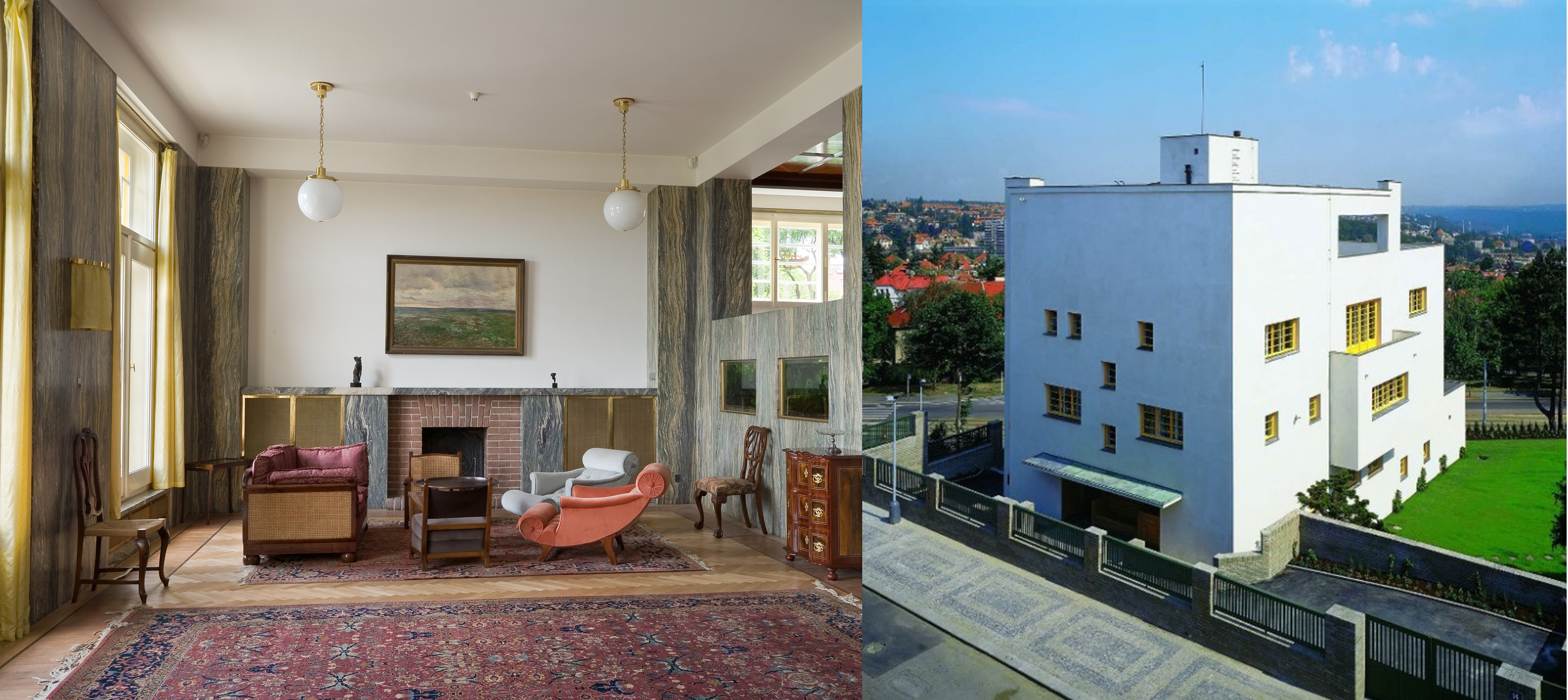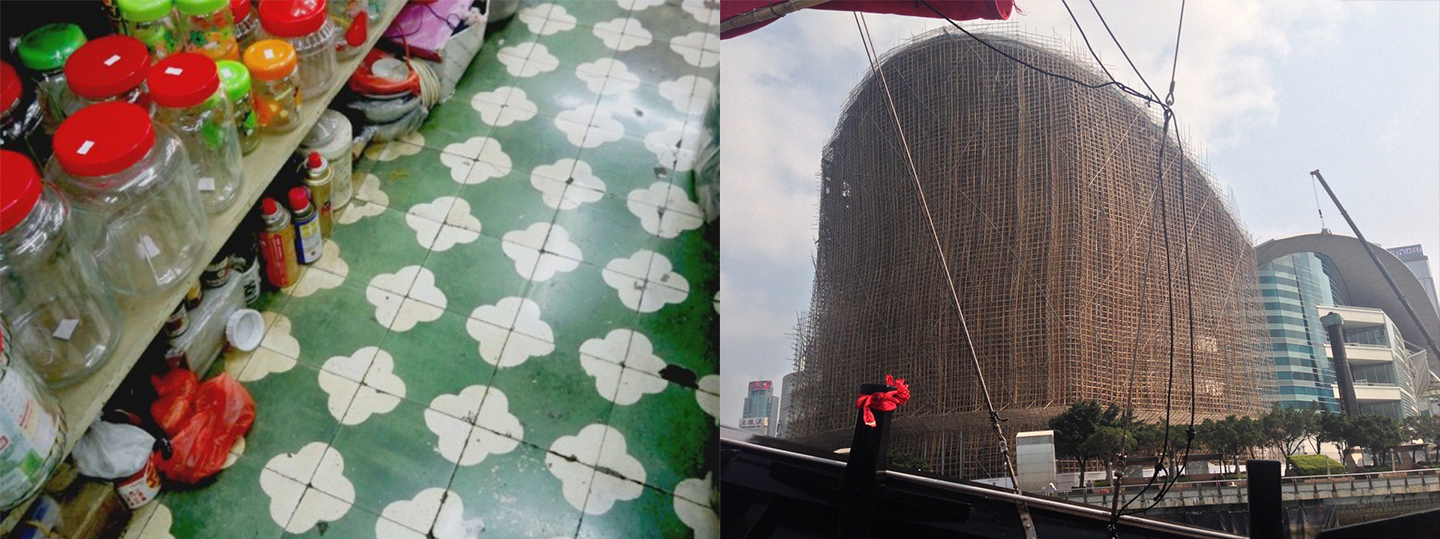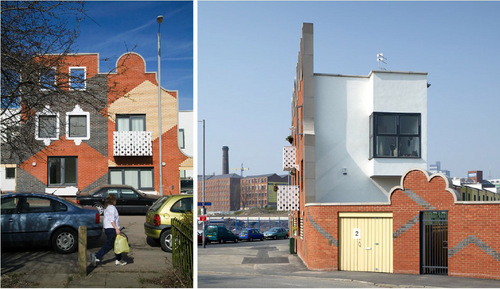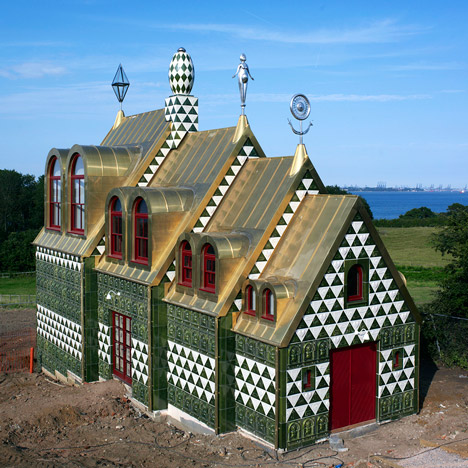Contemporary Ornament in Hong Kong
|
Thesis Statement [WHAT] Ornament is the language through whic-h architecture communicates with a broader public – each remove puts another degree of separation between the profession and the public. – Edwin Heathcote, The Problem with Ornament, The Architectural Review (Sep 2015)The thesis aims to introduce people’s communication with architecture through the use of ornament in the different objects in a building in Hong Kong. The ornament will express its regional specificity of Hong Kong in terms of making technique, use of colour and decorative pattern. Ornament will only include constructed element that is physically attached to the building (doors, windows, floor finishes, internal and external wall finishes) but not furniture (chairs, cupboards, carpets) Description of contexts and key ideas driving the thesis [WHY] Ornament in architecture is like the cute kittens wallpaper in the iPhone, it is not essential to the whole but people continue to like it. The influential lecture of “Ornament and Crime” by Adolf Loos in 1910 had provided justification for the lack of ornamentation in every scale of a building for architects. However, the immorality of ornament that he was addressing was not the presence of it but instead the waste of effort for designing and constructing of ornamentation that would go out of style and become obsolete in an architecture of commodity. He never argued for the absence of ornament but instead the appropriate ornament in the modern age. -Villa Muller, Prague Czech Republic, Adolf Loos, 1930When architect perceives architecture through plans and sections, layman perceives it through perspective and details in their everyday living. Despite of signage, material and decoration is the medium which architects can deliver information to the people through architecture. It is by addressing the discrepancy between the taste for minimalism and the enthusiasm for kitsch through an interface, the gap between profession and public can be filled. Without ornament, people understands spaces only through the program (function) within it. -left: Ravensbourne College of Design, London UK, FOA, 2010/ computer generated arrangement expressing design education driven by technology-right: Ningbo Historic Museum, Ningbo China, Wang Shu, 2008/ method of making expressing vernacular technique in constructionThe question of the thesis would be, what is the appropriate ornament for Hong Kong that is specific to its cultural context. As approaching 2047, there are rising discussion on the distinction between Hong Kong and China in terms of cultural and historical context that leads to the questions of the city’s identity. The re engagement of ornament into architecture can be a way to participate the discussion and reconstruct the face of Hong Kong and as well alter people’s perception on Hong Kong’s city fabric. -left: floor tiles from a utility shop-right: bamboo scaffoldingBy identifying ornamentation and vernacular technique of making, ornament that express regional identity can be derived and reengage with architecture such to enhance the regional quality of architecture in Hong Kong. Description of Project Intended to Test the Thesis Statement
A matrix of different type of ornament will be derived. The matrix will then be applied to a built project, which is still being considered if that will be a transformation project on existing buildings or a completely new building. – Islington Square, FAT/ a ornamental facades attached to the minimal mass– A House for Essex, FATMethodological Processes/ Outline of Research/ Design Experiments [HOW] 1. Research: group and study the existing method of involving ornament in architecture in various precedents
By studying various precedents in different countries at different period of time, a matrix that analyse the different type of ornament, methods of generating the ornament, specific ideology that ornament is expressing, the period of time the ornament is built or responding to, the regional specificity of ornament (if there’s any) will be derived. 2. The existing method to involve ornament in architecture in Hong Kong The matrix exercise will be repeated but by hunting down the different kind of ornamentation in Hong Kong. 3. Deriving semiotics for different programs and transforming the semiotics into ornaments Derive semiotics for different programs through everyday objects in Hong Kong. For example, neon lights, construction of temporary stores, hawkers stops, bamboo scaffolding, tiles. Then transform the semiotics into architectural ornaments. 4. Involving the ornament in the “project” Question yet to be considered: 1. The final design project outcome is yet to be confirmed. There are thoughts on applying the matrix of Hong Kong ornaments into everyday spaces/ infrastructural system like MTR, such that the project will be focused on several stations and in the same time a prototype that can be applied to all metro stations. Or a series of houses that holds different program and exist as exhibition spaces. Or a transformation on existing building. 2. To what extend, a semiotics becomes a ornament. Annotated Bibliography/ Precedents Books
Journal
Precedents
|






One Comment